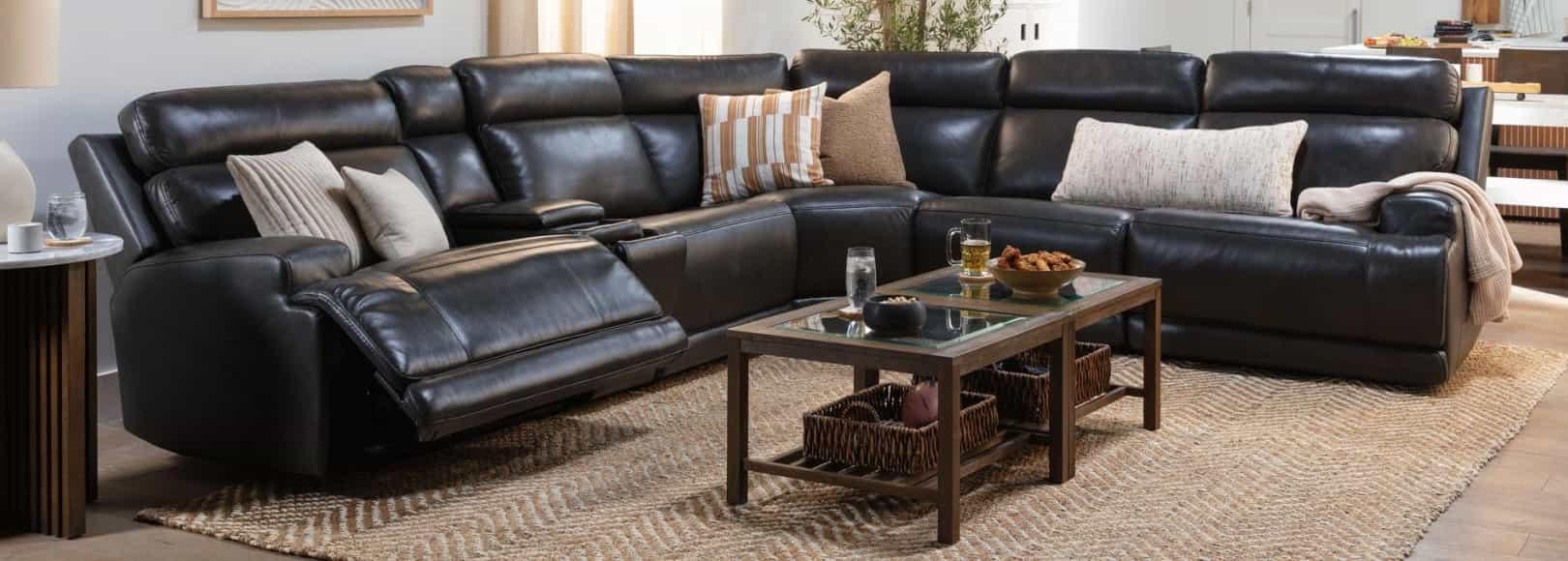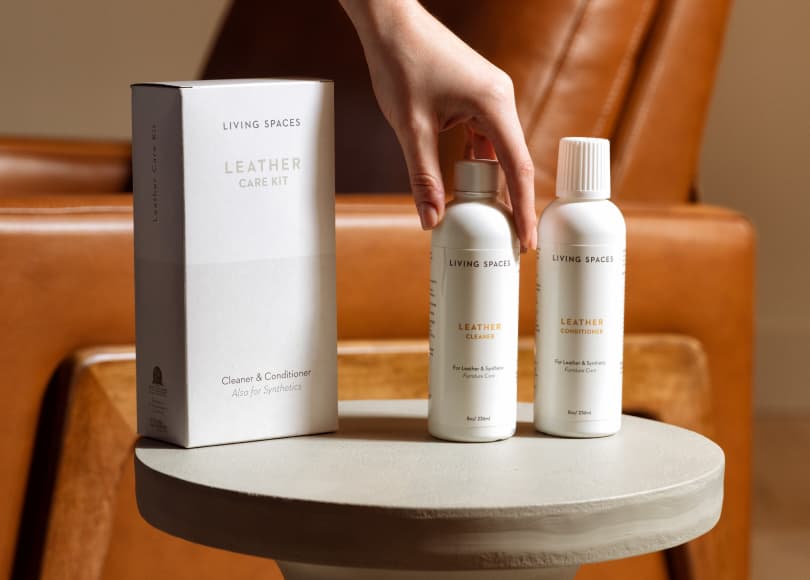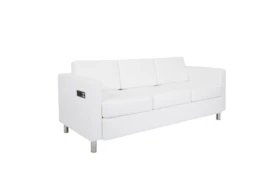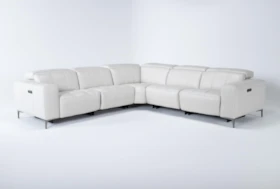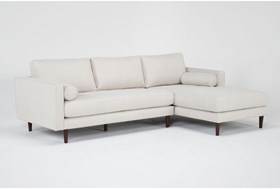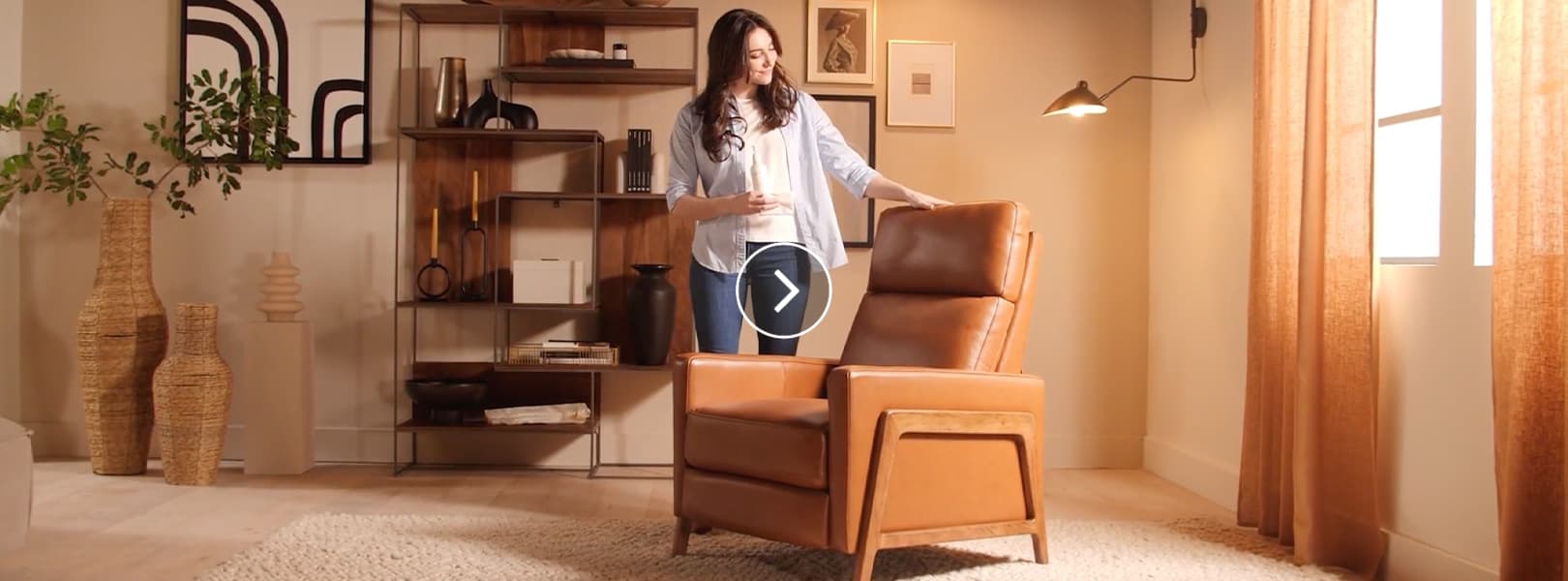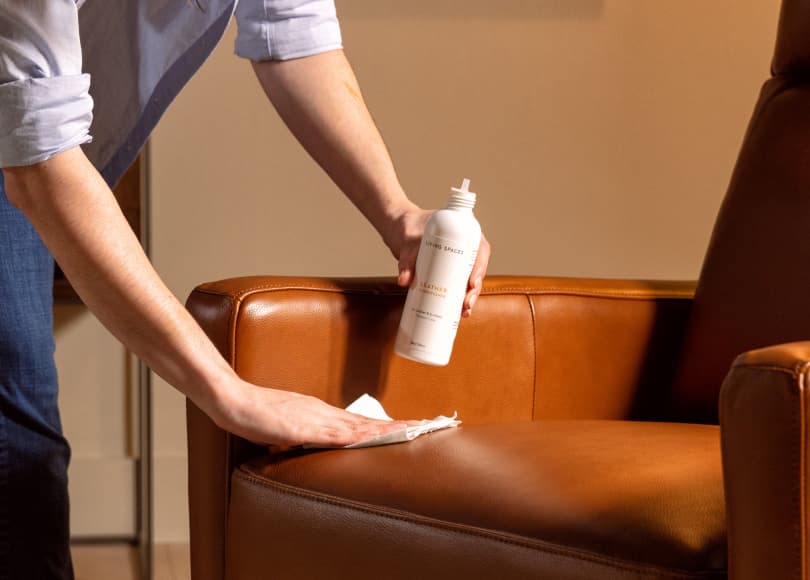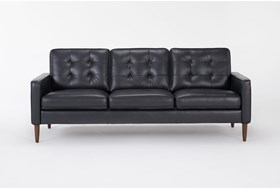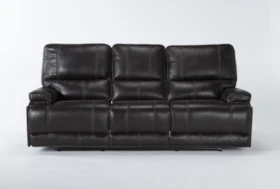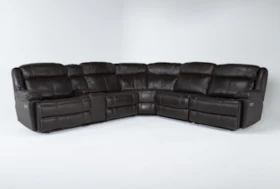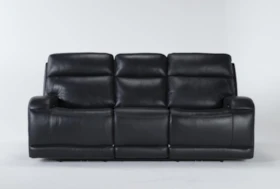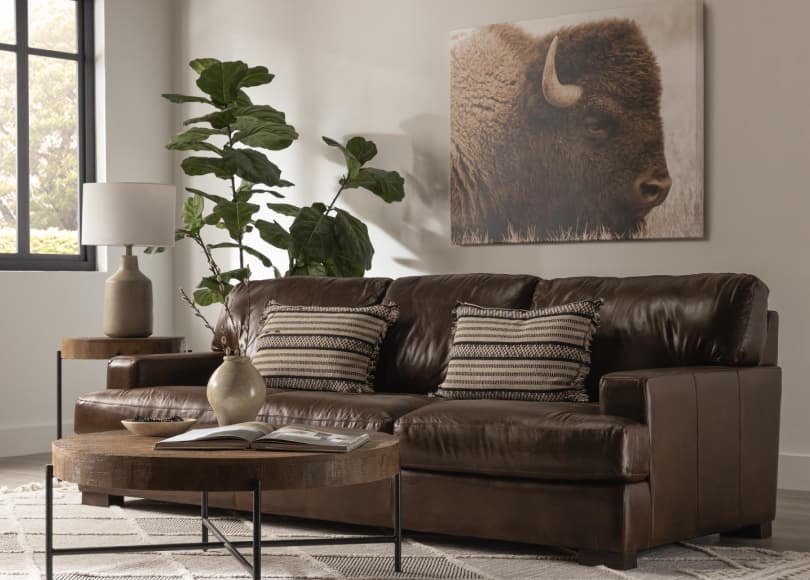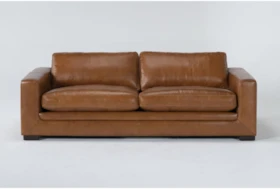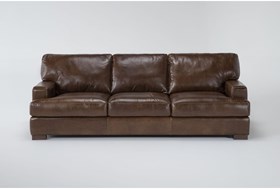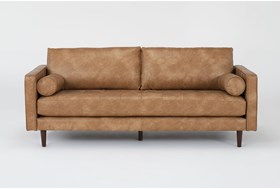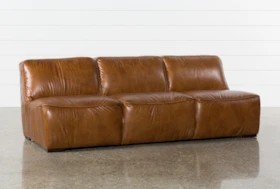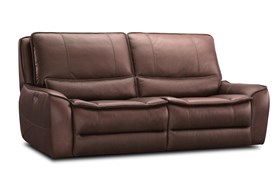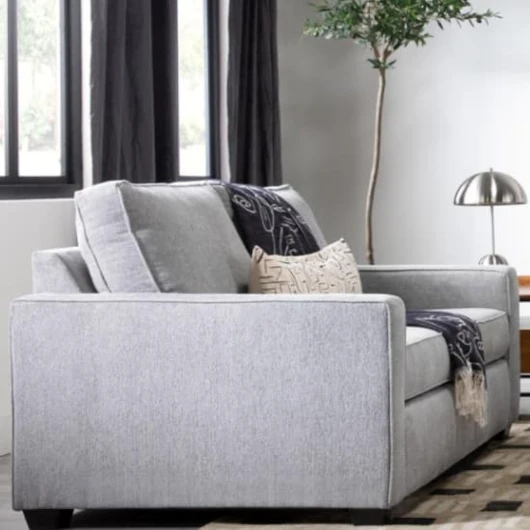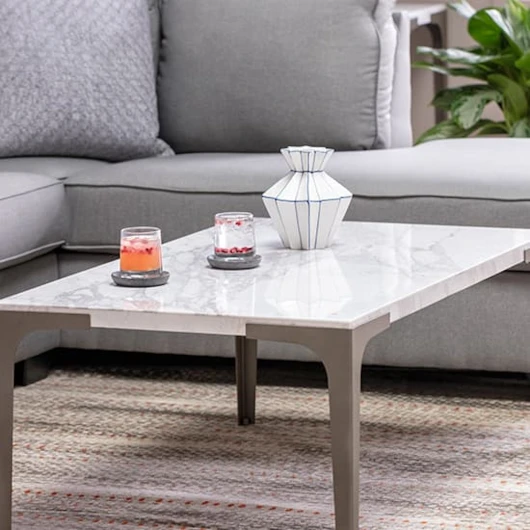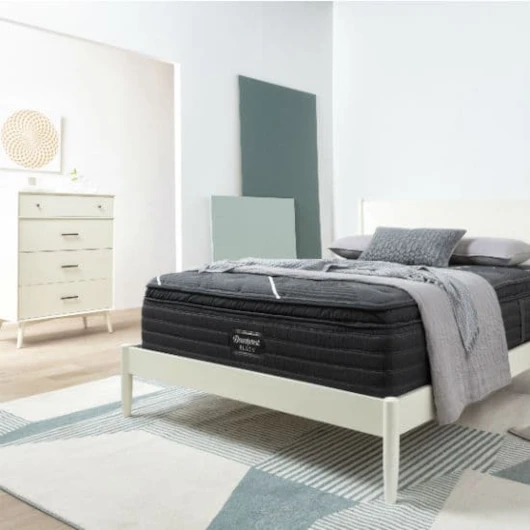How to Clean a Leather Sofa
(How to Disinfect Leather Sofas)
Follow these steps for general spills and messes.
1. Make a cleaning solution by mixing equal parts water and vinegar in a bowl.
2. Remove dust, dirt and loose particles from the surface of the leather sofa with a vacuum cleaner.
3. In case of separation, mix the solution a few times more, and dip a soft cloth into the solution.
4. Wring out the cloth so that it is damp (and not soaking), and begin wiping the dirty areas of the leather.
5. Once you have wiped down the problem spots, wipe any damp areas with a dry cloth.

(Ink) accidents happen. Get to them quickly – and follow these steps to help reduce their effects.
- Apply rubbing alcohol to a cotton ball.
- Gently dab (don’t rub) the ink stain with the cotton ball until it begins to lift. Apply more rubbing alcohol to a fresh cotton ball and repeat.
- Pat the area dry with a soft cloth.
Use one or a mixture of these (see below for cleaning tips) to get the best possible outcome:
- Dry brush
- Vacuum
- Baking soda
- Steamer
- Vinegar
- Water
- Drying towel
Cleaning is only half the process. Keep your piece feeling and looking new with some deep conditioning.
- In a bowl, mix equal parts vinegar and a natural oil – lemon oil or flaxseed oil tend to work the best.
- Dip a soft cloth into the solution. Wring it out (so that it is damp and not soaking), and begin gently wiping down the surface of the sofa.
- The next day, wipe down the sofa with a fresh, dry cloth.
How to Clean White Leather (How to Clean a White Leather Sofa + White Leather Chairs)
Cleaning a white leather sofa involves the same process as a dark leather sofa – you'll need a mild cleaning solution (we recommend vinegar and water). The important thing to remember when cleaning white leather is to practice extra caution with moisture. Too damp, and a cloth can leave water stains on the upholstery, so a very mildly damp cloth (almost dry!) is all you need for a quick wipe-down.
How to Deodorize a Leather Sofa
Follow these steps for removing smells from a couch.
- Sprinkle baking soda. Baking soda is a serious absorbing agent, so leaving just a small handful on the area of a smell (for fifteen minutes) can help to absorb the smell; vacuum up when the fifteen minutes are up, and you’re done!
- Try an enzyme spray. Enzyme cleaning sprays are designed to be sprayed directly onto a seat cushion or backrest. Formulated with enzymes, or macromolecular biological catalysts (the scientific term for a cleaner that speeds up reactions between chemicals), these sprays can be a good bet for stubborn odors.
- Use mild soap. Since smell comes from matter (whether gaseous or solid particles stuck in fabric fibers), sometimes, all that’s needed is a little bit of cleanup. Get mild soap and dilute it with water; gently blot the area with a cloth lightly dampened with the solution, and blot dry with a towel. If needed, use a vacuum to remove remaining moisture.
- When a stain occurs, get to it immediately. This will increase your chances of getting it out.
- Clean regularly. Ironically, in order to avoid the hassle that comes with cleaning stains, the best thing to do is to keep cleaning regularly! This is because most of the “stains” you see on leather are actually the setting-in of dirt over a long period of time. Taking a few seconds to wipe down your leather couch with a soft cloth once a week will help to prevent tough buildup.
- Condition after cleaning. Cleaning with a water-based cleaner can lead to drying of natural oils found in the leather, which in turn can lead to cracking and even destroy the leather’s soft sheen. The solution? Conditioning after cleaning. Whether it’s coconut, lemon or other, a mild oil will help to replenish any lost softness.
- Remember to limit the water usage. If you want to stick to a cleaning solution that’s all-organic, you can easily make one at home by mixing equal parts natural ingredients and water. Once you’ve created the solution, it can be easy to get excited about all the good you’re doing (i.e., avoiding harsh chemicals!), and even easier to overdo it by applying too much solution. Remember that as great, all-natural, all-organic water is, it still shouldn’t be considered a “friend” to your sofa. Limit the amount of solution you use to treat stains, or else risk unsightly water damage!
- Finally and most importantly, always check the cleaning codes on your leather piece, or look for a care manual you may have received with it at the time of purchase. If you do not have access to a manual or are not sure about how to properly clean a particular type of leather, you can always call the manufacturer, who will be able to provide recommendations for safe cleaning products.
Leather is one of the most luxe materials for a sofa. It’s buttery-soft feel makes it timeless and inviting. Like any natural material, though, it can also be easily susceptible to scratches – especially if you live with pets. Follow these measures to help extend the life of your favorite leather sofa.
- Clean the scratch. Use a mild cleaning solution (any of the ones outlined in the steps above will work) to thoroughly clean the scratch.
- Apply a mild oil like baby oil to a cotton ball. Rub the scratch using circular movements.
- Wipe off the oil, after letting it air dry.
Can You Use Disinfecting Wipes on Leather?
When you're faced with a dirty sofa, it's tempting to want to reach for the can of disinfecting wipes. Wipes are easy – just pull one, wipe and throw away! – but contain hidden dangers that can damage a sofa further. Because of harsh chemicals, it's best to avoid disinfecting wipes of furniture altogether.
Cleaning a Leather Sofa With Baby Wipes
If you want to use baby wipes to clean a leather sofa, ALWAYS check the label of the wipes for any unpronounceable chemicals – the types of chemicals that are most likely to damage leather. If you are unsure about the ingredients list, test a small area of the leather before wiping. For baby wipes, your best bet is to go with a 100% natural brand that's gentler on skin (and, in this case, furniture)!
Whether you're cleaning a leather couch, loveseat or recliner, the method of cleaning leather furniture remains the same. Always check the manufacturer's instructions, as different types of leather can come with different types of finishes that may require differences in cleaning solutions. When you're done cleaning, let dry completely before using to prevent musky smells and/or water stains. It's also a good idea to follow up with a conditioner, as water alone can dry out leather. Read the conditioner bottle's label for instructions for applying. Following a regular cleaning and conditioning schedule for leather pieces can be tedious at first, but is a critical step in helping to keep the pieces feeling new for a long time after purchase.
What Household Products Can You Use to Clean Leather?
Here’s what you’ll need:
- Vinegar
- Water
- Lemon oil (optional)
- Bowl
- Vacuum cleaner
- Towels or cloths
Step 1: Assess the stain or mess
How you clean your leather furniture will depend on the type of stain or mess you are dealing with. Is it an ink stain? grease stain? or other? Identifying the problem at hand will help you when it comes time to creating the best solution for treating it (see step 3).
Step 2: Remove loose dirt.
With a dry cloth, brush off any loose dirt or particles from the surface of the leather furniture piece.
Step 3: Mix a cleaning solution.
For ink stains, use rubbing alcohol and a cotton ball to spot treat the stain in question. For grease stains, let baking soda (just a pinch!) sit on top of the stain (doing so will help absorb the oils). If you are unsure of the origin of the stain, or for general messes, simply mix together vinegar and water (at a ratio of 1:1). Dip a soft cloth into the solution (and wring out any excess solution), and gently wipe down the surface of the furniture piece. Dry with a clean towel.
Step 4: Condition.
If you want, you can also condition your leather furniture after cleaning it. For leather furniture that sees heavy daily use, conditioning once every year or so will help to keep your furniture feeling fresh. For homemade leather conditioner, mix vinegar and lemon oil (at a ratio of 1:1). Dip a cloth in the mix, and wring out any excess solution. Gently wipe the furniture’s surface.
According to Paul Yaldezian, Upholstery Care Expert, "cleaning a leather sofa should be on an as-needed basis." As for the best way to care for your leather sofa? "With a cleaning care kit designed for the product." Paul recommends the "Living Spaces' Leather Wipes or Leather Care Kit for any Living Spaces leather material sofa." Visit us in-store to purchase a furniture cleaning kit designed for the care and cleaning of wood, fabric and leather furniture.
Leather wipe kit includes: 5 cleaner wipes and 5 protection cream single use wipes. This kit is easy and convenient to use, as there is no measuring or sponges involved – just wipe and relax. Use this for leather and synthetic leather (such as vinyl and polyurethane).
Leather care kit includes: 8 oz cleaner, 8 oz conditioner, sponge & cotton cloth. The leather care kit is designed to clean, hydrate and maintain your leather & synthetic leather. All products are gentle and designed to prevent cracking and maintain leather’s softness and suppleness.
— More Great Articles —
Read the Latest
Editorial Disclaimer: Articles featuring tips and advice are intended for educational purposes and only as general recommendations. Always practice personal discretion when using and caring for furniture, decor and related items.
